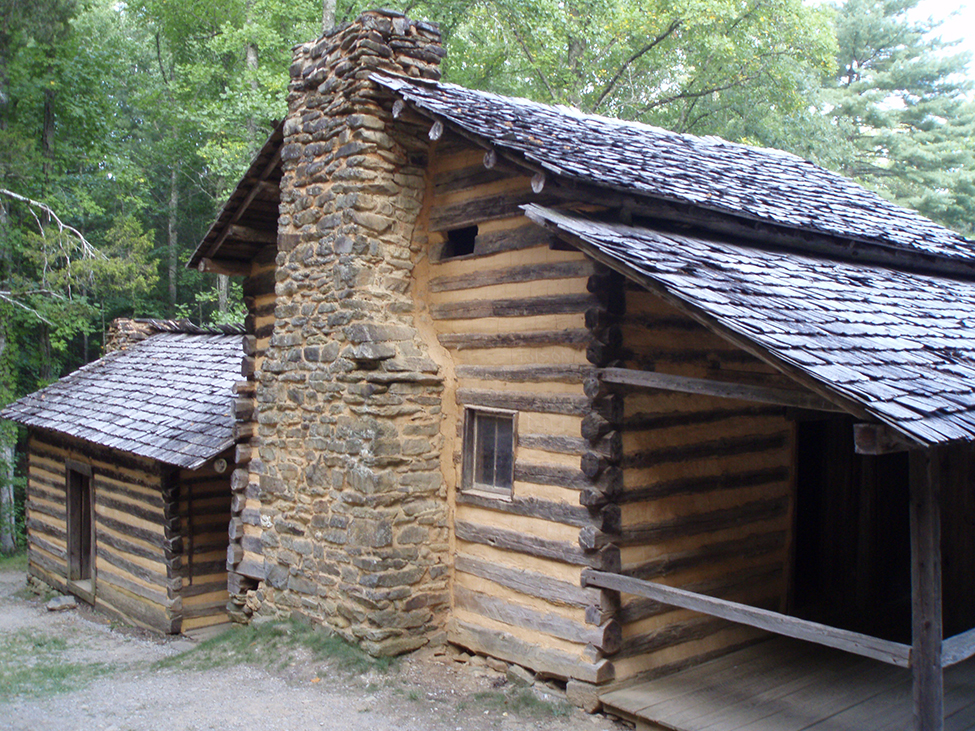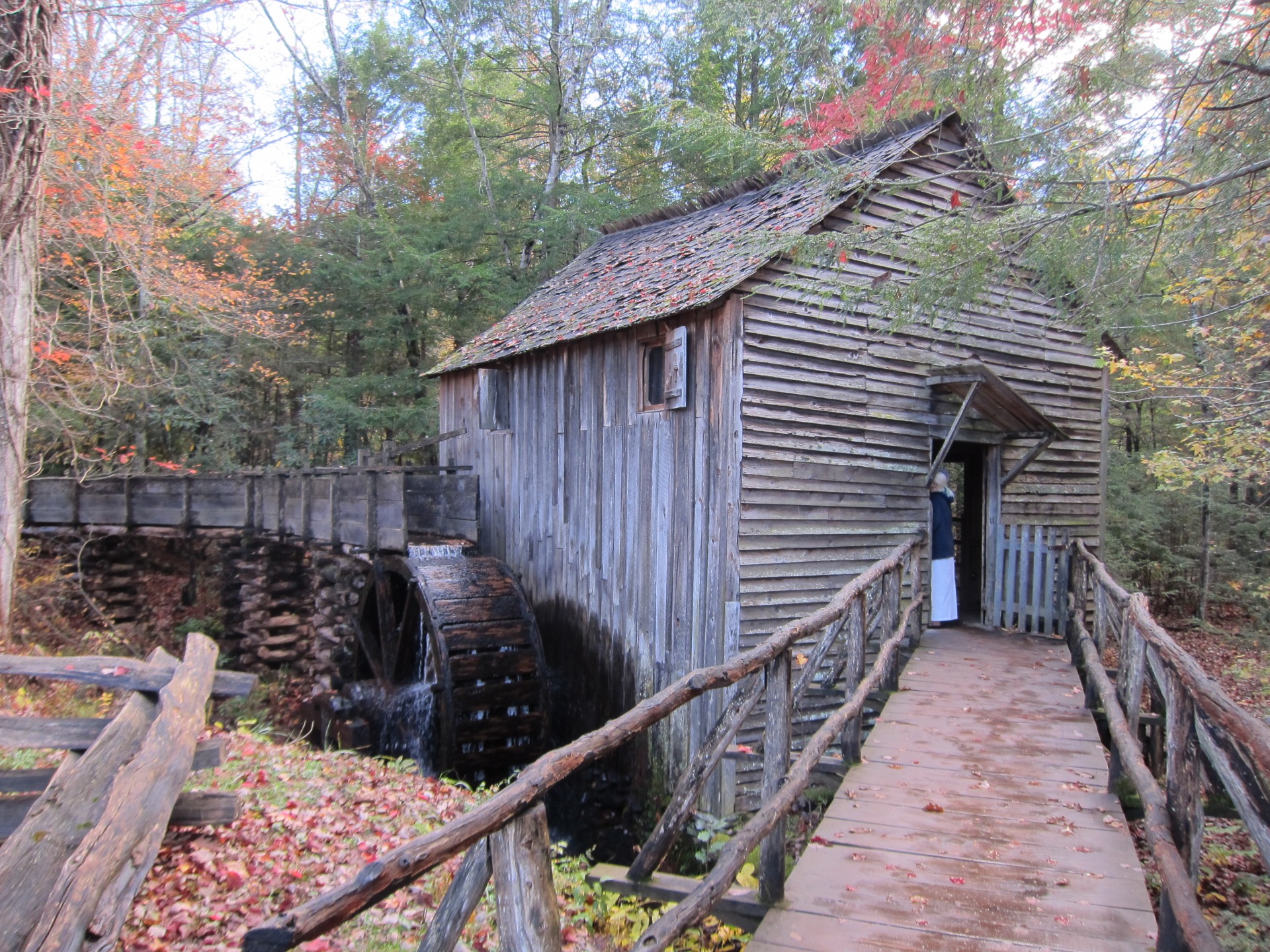
There are 92 historic structures close to Abrams Falls.
A few are featured here.

Cove residents made room for strangers. They framed in their porches to create little rooms for overnight guests traveling through.
learn moreOliver's home is a handsome cabin. The spring house is one of the most interesting features and is the only one in the cove still intact on-site and accessible to the public. Spring houses were built over trickling springs to protect the family's water supply. It also served as refrigeration for milk, butter, eggs, and other perishables.

In 1878, James McCaulley, a blacksmith, settled in the Cove. Iron was an all-important commodity, and it was scarce. It was used and reused until it just plain wore out.
From wildlife to the sounds of nature